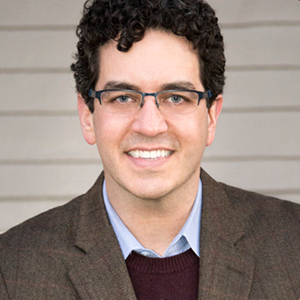The Growth of Global Community Philanthropy


Download and read the full report, featuring all 11 trends, here.
 Community philanthropies are among the fastest-growing institutional forms of giving around the globe. From 2000 to 2010, the most common type — community foundations — grew by 86% with an average of 70 institutions created annually. A century after the Cleveland Foundation was established in 1914 as the first community foundation, the Community Foundation Atlas was launched to map the identities, locations, assets, roles, and achievements of community philanthropies around the world. Today, the Atlas includes 1,843 place-based foundations around the world granting more than $5 billion (U.S.) annually… and almost three-quarters are less than 25 years old.
Community philanthropies are among the fastest-growing institutional forms of giving around the globe. From 2000 to 2010, the most common type — community foundations — grew by 86% with an average of 70 institutions created annually. A century after the Cleveland Foundation was established in 1914 as the first community foundation, the Community Foundation Atlas was launched to map the identities, locations, assets, roles, and achievements of community philanthropies around the world. Today, the Atlas includes 1,843 place-based foundations around the world granting more than $5 billion (U.S.) annually… and almost three-quarters are less than 25 years old.
In 2012, Global Fund for Community Foundations Executive Director Jenny Hodgson noted that this dramatic growth has many causes including “organizations supporting the development of the practice, a flexible organizational model, long-term funding, and expanding efforts to build civil society across the globe.” Across the globe, we see an ever-expanding interest in community philanthropy as a tool for civic engagement and transparency, collective investment in local social services, and mobilization of voluntary resources to complement and supplement shifting (and often falling) government investment. Indeed, the spring 2016 call for research proposals issued by the Johnson Center and the Global Fund yielded almost 50 proposals from over 25 countries on an incredibly diverse range of topics.
“Across the globe, we see an ever-expanding interest in community philanthropy as a tool for civic engagement and transparency, collective investment in local social services, and mobilization of voluntary resources[.]”
It is an exciting time to be involved in the field of community philanthropy, as it continues to both dramatically grow and continually evolve. Yet, while the growth has been dramatic, the pace of research and evaluation to inform and improve the field has not kept pace. Indeed the first strategies that the Charles Stewart Mott Foundation has suggested for improving the field have been providing more opportunities for “knowledge exchange among community philanthropy practitioners” and advancing practice “through research, evaluation, and communications.”1 The opportunities for deeper and more widespread research are dramatic, highlighting a key opportunity for the Johnson Center to help build the global field of community philanthropy.
_______________
1Hodgson, J. (2012) The Case for Community Philanthropy: How the Practice Builds Local Assets, Capacity, and Trust—and Why It Matters (pp. 7). Aga Khan Foundation USA and the Charles Stewart Mott Foundation: USA.
